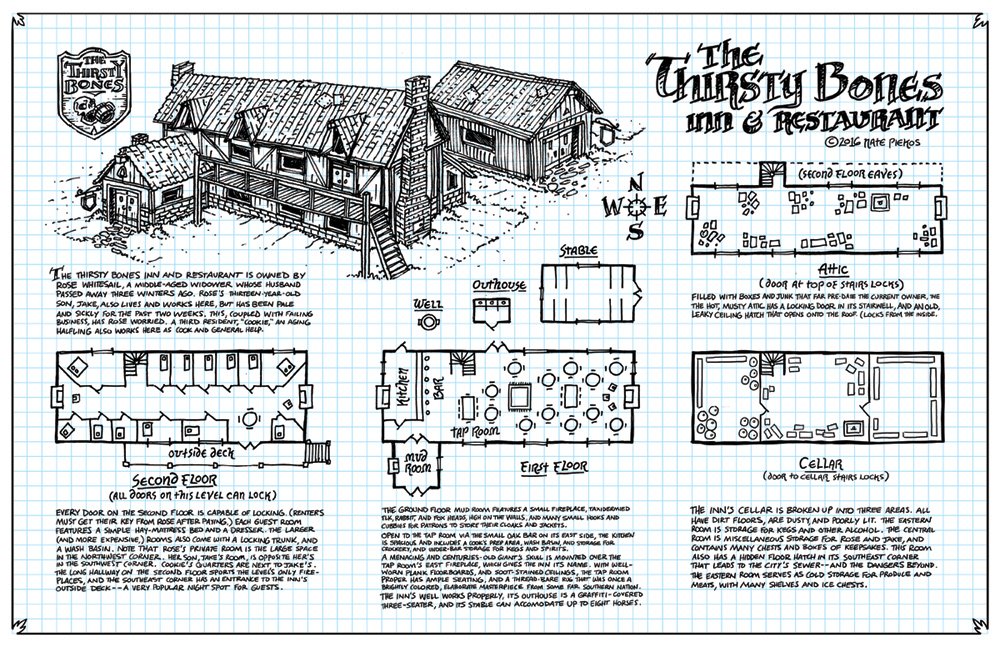

Information about the skilled labourers that worked on these buildings, and the villagers, freemen and nobles that lived there.List of technologies and tools that were involved.

An outlook on how each building was used.Top view drawings (full colour) of all the components, in a format that you will be able to reuse to build your maps (png with transparency).Architectural plans (black and white floor plans).The aim of this project is to create a document that will explain in detail the design of a village, and to provide you with the resources to build your own villages for your games or pleasure. Both of these exploited the surplus resources of villages one to create wealth by selling the resources, and the other to manufacture items with higher value and to support a city’s population. Surplus allowed two things – trade and cities. On the flip side, the wealth of a kingdom and its prosperity was dependent on its ability to create surplus of food and other agricultural resources. Without it a kingdom would fall, without a single drop of blood to ever being shed. Standing at the heart of agrarian economy, villages provided the population of a kingdom with the most important product during the middle ages – food. The countryside was literally littered with thousands of villages a couple of miles apart from each other. In medieval England and France the village was the smallest but also, arguably, the most important cell of a Kingdom’s organism.


 0 kommentar(er)
0 kommentar(er)
